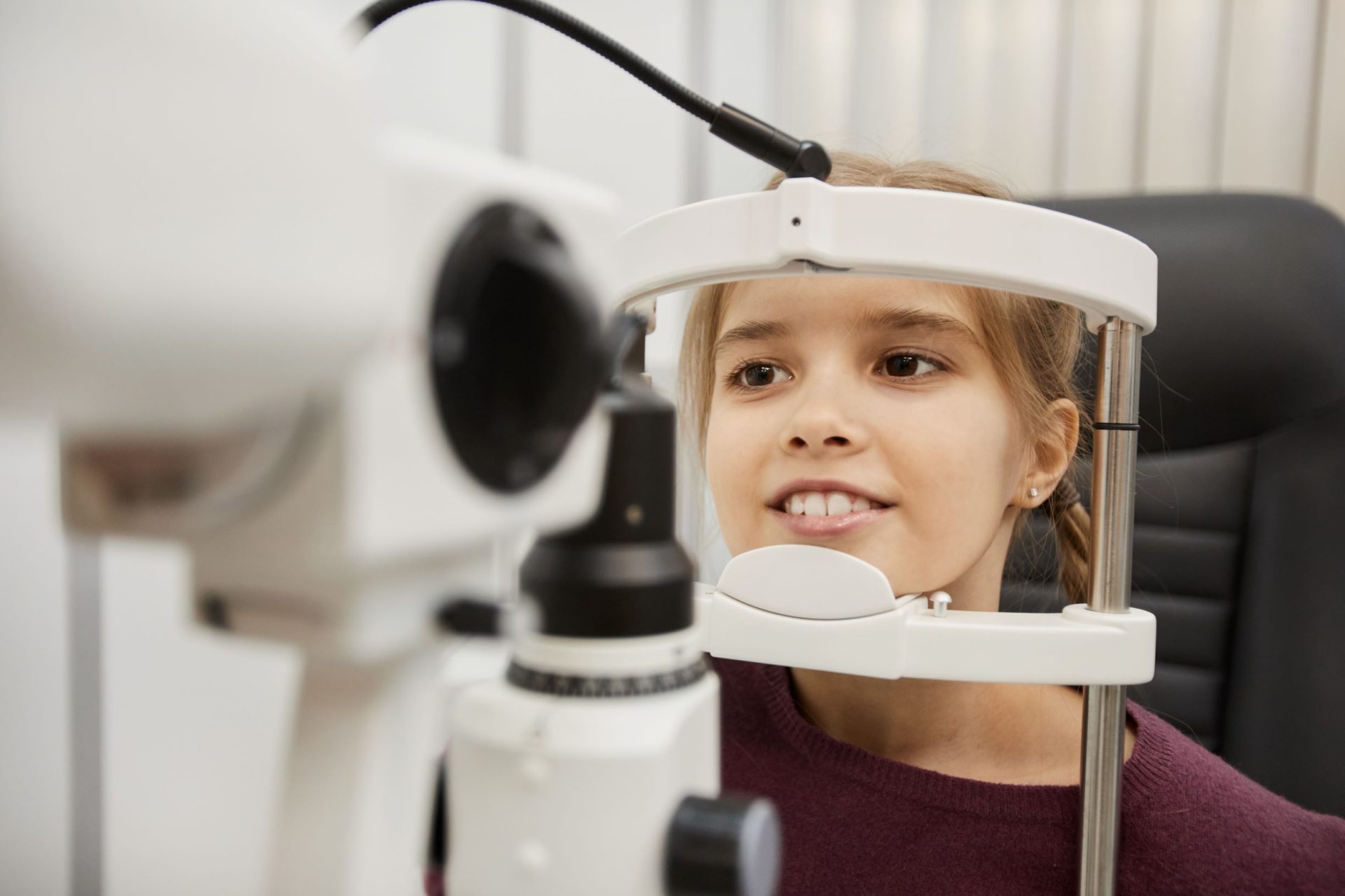Optometrists, public health governmental entities and the World Health Organization are recognizing the urgent need to address the global myopia epidemic. Historically the most common recommendation to address myopia in a child or teenager is to simply correct the refractive error without treating the underlying growth. Scientific evidence is identifying new ways to control myopia progression.
Earlier this year, the World Council of Optometry (WCO) announced its global partnership with CooperVision to raise awareness of myopia and the need to use the evidence to improve treatment and outcomes. The collaboration encourages optometrists to embrace active management with evidence-based approaches as the standard of care.
The WCO furthered its commitment by unanimously adopting a resolution advising optometrists to regularly and consistently offer scientifically proven myopia interventions within their practices. While the WCO recognizes that it takes time and resources to achieve the change we are striving for, there are three main components that all optometrists should embrace as first steps toward curbing this public health issue—the three “M’s”:
- Mitigation — optometrists educating and counseling parents and children, during early and regular eye exams, on lifestyle and other factors to prevent or delay the onset of myopia.
- Measurement — optometrists evaluating the status of a patient during regular comprehensive vision and eye health exams, such as measuring refractive error and axial length whenever possible.
- Management — optometrists addressing patients’ needs of today by correcting myopia, while also providing evidence-based interventions (e.g., contact lenses, spectacles, pharmaceuticals) that slow the progression of myopia, for improved quality of life and better eye health today and into the future.
The means to mitigate, measure and manage the condition exist, so the question is how to put them into action.
Educating Families and Peers
It all starts with educating families, the broader healthcare community, public health entities and optometric peers of the seriousness of myopia. Working with their staff, optometrists should provide up-to-date materials about myopia and have conversations with parents about the importance of eye exams beginning at an early age.
Discussions should incorporate lifestyle factors, including time spent outdoors, and the long-term vision complications that may occur if a child’s myopia is not properly treated. Parents—including those who are myopic themselves—may not otherwise realize how far the field has progressed since their own childhood.
There are useful complimentary tools that optometrists can use to support these discussions. The Myopia Calculator from the Brien Holden Vision Institute and CooperVision’s Vision Simulator are examples optometrists can use with parents to show them how childhood myopia progresses over time and the potential impact of myopia controlling interventions on their child as the enter adulthood.
Educating Ourselves
More optometrists are trusting the ever-expanding body of science. Look to reputable studies that examine evidence-based approaches shown to prevent or delay the onset of myopia, or halt or slow its progression.
The practice of optometry varies around the globe which may limit the scope of practice of some practitioners, such as restricting their use of pharmaceutical agents. Look beyond your own practice, since there may be a clinician close by who could assist. Establishing a referral or shared services network can be a key component to applying myopia management as the standard of care. Regardless of where an optometrist is located around the globe, practitioners should implement myopia management approaches to the highest scope possible as allowed within their particular region.
The optometric community must continue to pursue further education focused on myopia management. The data and information available are rapidly evolving, strengthening practitioners’ skills and knowledge needed to combat this epidemic.
In the coming months, the WCO will introduce multi-lingual resources related to the early intervention and management of myopia, making the information more widely accessible across all sectors and countries. By having easy access to a central resource of evidence-based approaches without bias toward specific treatment methodologies, the global optometric community will be one step closer to adopting a standard of care to stem myopia progression.


